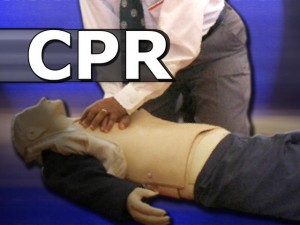
Reasons Why Very Few People Give CPR
Despite the knowledge that someone is in dire need of help, many people are afraid of giving CPR for several reasons –
- Most lack knowledge in CPR. While it’s an important skill to have, many don’t take First Aid and CPR courses due to their limited time, the lack of interest in the subject or the inconvenience of looking for and going to class.
- CPR classes are long and boring. There are very few people who have the luxury of time, so attending a class that’s long, boring and one lacking in relevant information is guaranteed to turn off people from the idea of investing their time to learn a crucial skill.
- Lack of confidence. Some people who have taken classes still lack the confidence to step up and help out. Maybe they haven’t grasped the concepts taught or are afraid of performing CPR the wrong way.
- Fear of a lawsuit. To minimize this fear of being sued, the Good Samaritan laws were passed. The bill gives protection to those who administer first aid and prevents lawsuits from being filed against them.
Suggestions on Getting People More Involved in CPR
- Make people understand how crucial CPR is. Several studies have shown that increasing awareness and making people understand how important administering CPR to a cardiac victim is can get more people helping in medical situations.
- Focus on compression-only CPR. Most imagine CPR as being complicated, with one wrong move resulting in death. Teaching people the new CPR rules and showing them how to do chest compressions would give people enough know-how to help someone suffering from cardiac arrest.
- Get the word out. Informing people about the Good Samaritan Laws or making them realize how important CPR is can inspire people to enrol in and finish CPR training. Hearing that chest compression-only CPR is more important than mouth to mouth resuscitation might make people more confident about doing CPR.
- Check that CPR classes are interesting and relevant. Students should also have more time to practice the content they learned. Better access to CPR classes would also make people consider studying CPR.
Countless lives can be saved by making more people aware of the importance of CPR. Utilizing measures like dispatchers or 911 operators guiding someone conducting CPR, training people on chest compressions, improving CPR courses and encouraging people to take these classes can result in more people surviving a sudden cardiac arrest.